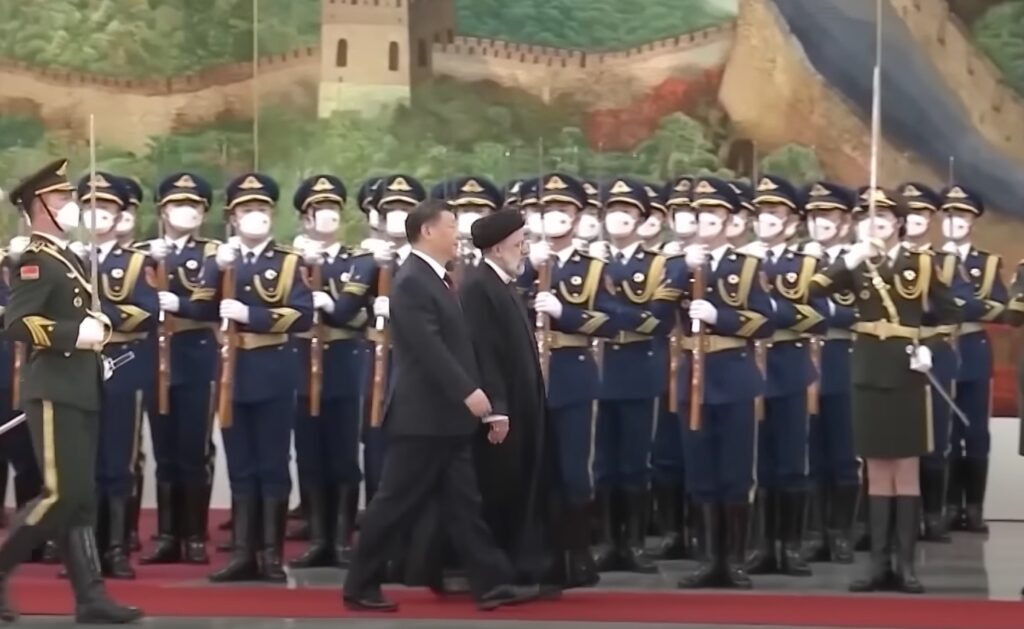In a recent development that has drawn significant attention, reports emerged of China’s attempts to influence Iran in moderating Houthi attacks against civilian ships in the Red Sea. This maneuver, ostensibly aimed at safeguarding international shipping lanes, has revealed the complex web of diplomatic relations and strategic interests at play.
This article is a summary. Please read the original article by Ahmed Aboudouh on the Chatham House think tank website, here
China’s Strategic Interests at the Forefront
At the heart of China’s engagement is a clear focus on safeguarding its direct interests. Chinese Foreign Minister Wang Yi’s declaration of efforts to ease tensions underscores a pragmatic approach that prioritizes the protection of Chinese and Russian vessels over broader regional stability. This selective engagement highlights China’s prioritization of its economic and strategic interests in the region.
The Limits of Chinese Influence
While the United States may harbor expectations of China leveraging its relationship with Iran to influence regional dynamics, the reality is more nuanced. Despite significant economic ties, exemplified by China’s purchase of a substantial portion of Iran’s oil exports, the bilateral relationship is marked by tension and unmet expectations, particularly regarding Chinese foreign direct investment in Iran.
Economic Dynamics and Political Fractures
The economic relationship between China and Iran, while significant, has not translated into the robust partnership many anticipated. Comparatively modest Chinese investments in Iran, especially when juxtaposed with substantial contracts with other Gulf states, underscore the limitations of China’s influence and the frustrations within Tehran regarding Beijing’s commitment.
Regional Perceptions and Strategic Calculations
The Red Sea crisis serves as a microcosm of Iran’s broader regional ambitions, from hastening the US military’s withdrawal from the Middle East to controlling strategic waterways. China’s cautious stance, driven by a non-interference policy, allows it to maintain a delicate balance between Iran and Arab states, underscoring the complexity of regional geopolitics.
The Realpolitik of China’s Diplomacy
China’s diplomatic maneuvering reflects a calculated strategy that seeks to protect its interests without overcommitting or alienating key regional players. This approach, while pragmatic, leaves unanswered questions about the potential for broader de-escalation efforts in the Red Sea and beyond.
Conclusion
As China continues to navigate the intricacies of Middle Eastern geopolitics, its engagement with Iran over the Red Sea tensions highlights the pragmatic, interest-driven nature of its foreign policy. While offering a temporary respite for Chinese vessels, this strategy also underscores the limitations and challenges of leveraging economic influence for broader geopolitical stability. As the situation evolves, the international community will closely watch China’s moves and their implications for regional security and global trade dynamics.
Check Our Staff’s Reading Suggestions Related to the Article:
- “Maritime Security in the Indo-Pacific: Perspectives from China, India, and the United States” edited by Mohan Malik
- “The New Silk Roads: The Present and Future of the World” by Peter Frankopan
- “China’s Western Horizon: Beijing and the New Geopolitics of Eurasia” by Daniel S. Markey
- “The China-Pakistan Axis: Asia’s New Geopolitics” by Andrew Small
